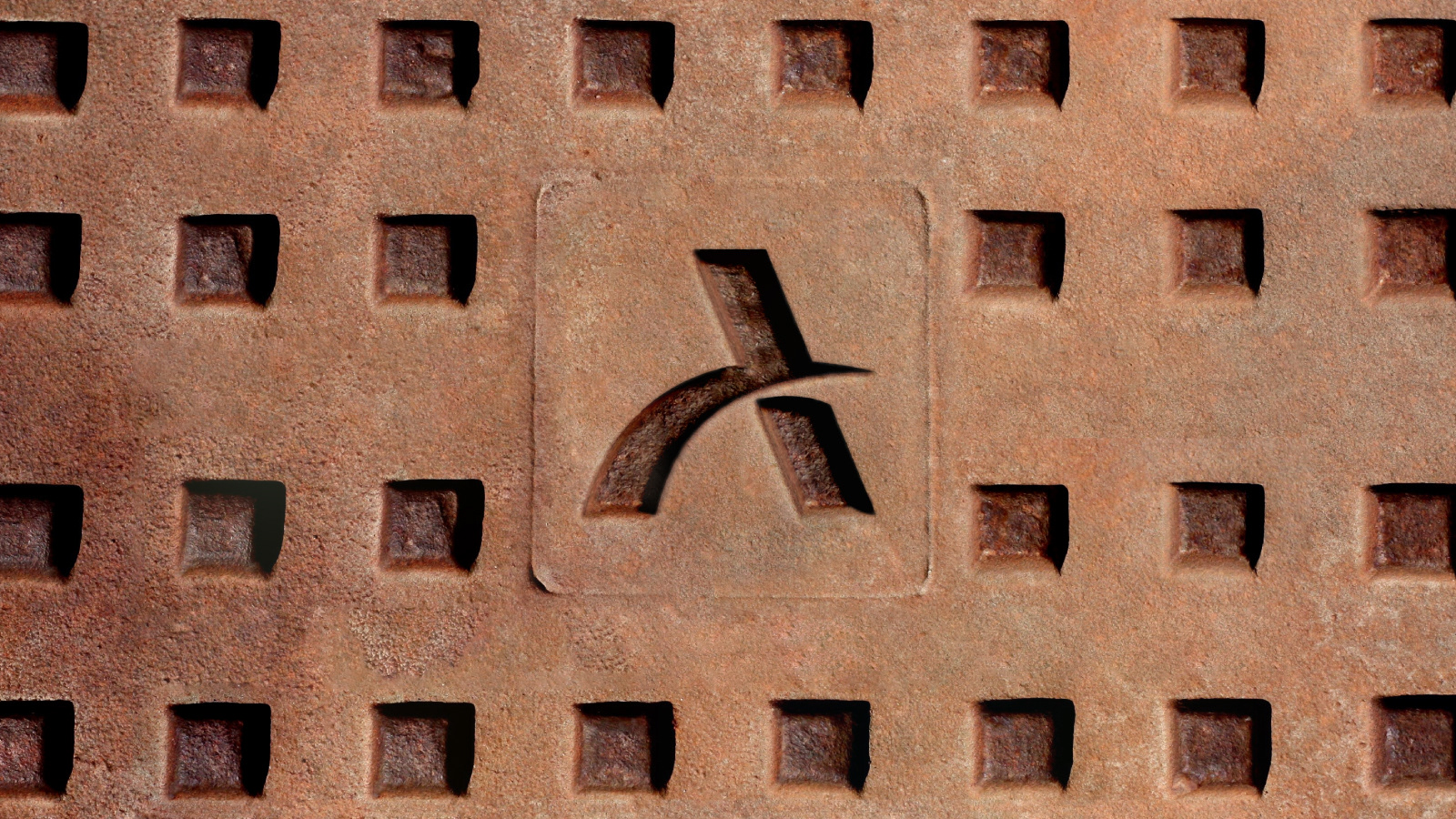
Piezoresistive Sensors Based on Graphene Nanoplatelets
What: Scientific publication
Although the force/pressure applied onto a textile substrate through a uniaxial compres- sion is constant and independent of the yarn direction, it should be noted that such mechanical action causes a geometric change in the substrate, which can be identified by the reduction in its lateral thickness. Therefore, the objective of this study was to investigate the influence of the fabric orientation on both knitted and woven pressure sensors, in order to generate knowledge for a better design process during textile piezoresistive sensor development.

For this purpose, these distinct textile structures were doped with different concentrations of graphene nanoplatelets (GNPs), using the screen-printing technique.

The chemical and physical properties of these screen-printed fabrics were analysed using Field Emission Scanning Electron Microscopy, Ground State Diffuse Reflectance and Raman Spectroscopy. Samples were subjected to tests determining linear electrical surface resistance and piezoresistive behaviour.

In the results, a higher presence of conductive material was found in woven structures. For the doped samples, the electrical resistance varied between 105 Ω and 101 Ω, for the GNPs’ percentage increase. The lowest resistance value was observed for the woven fabric with 15% GNPs (3.67 ± 8.17 × 101 Ω).
The samples showed different electrical behaviour according to the fabric orientation. Overall, greater sensitivity in the longitudinal direction and a lower coefficient of variation CV% of the measurement was identified in the transversal direction, coursewise for knitted and weftwise for woven fabrics.


The woven fabric doped with 5% GNPs assembled in the weftwise direction was shown to be the most indicated for a piezoresistive sensor, due to its most uniform response and most accurate measure of mechanical stress.

Regarding applicability, such sensors can be used close to the skin as a qualitative input of body pressure, both to identify disturbances and enhance human–machine interaction, but also to measure large forces, specifically those between 200 and 500 N.








